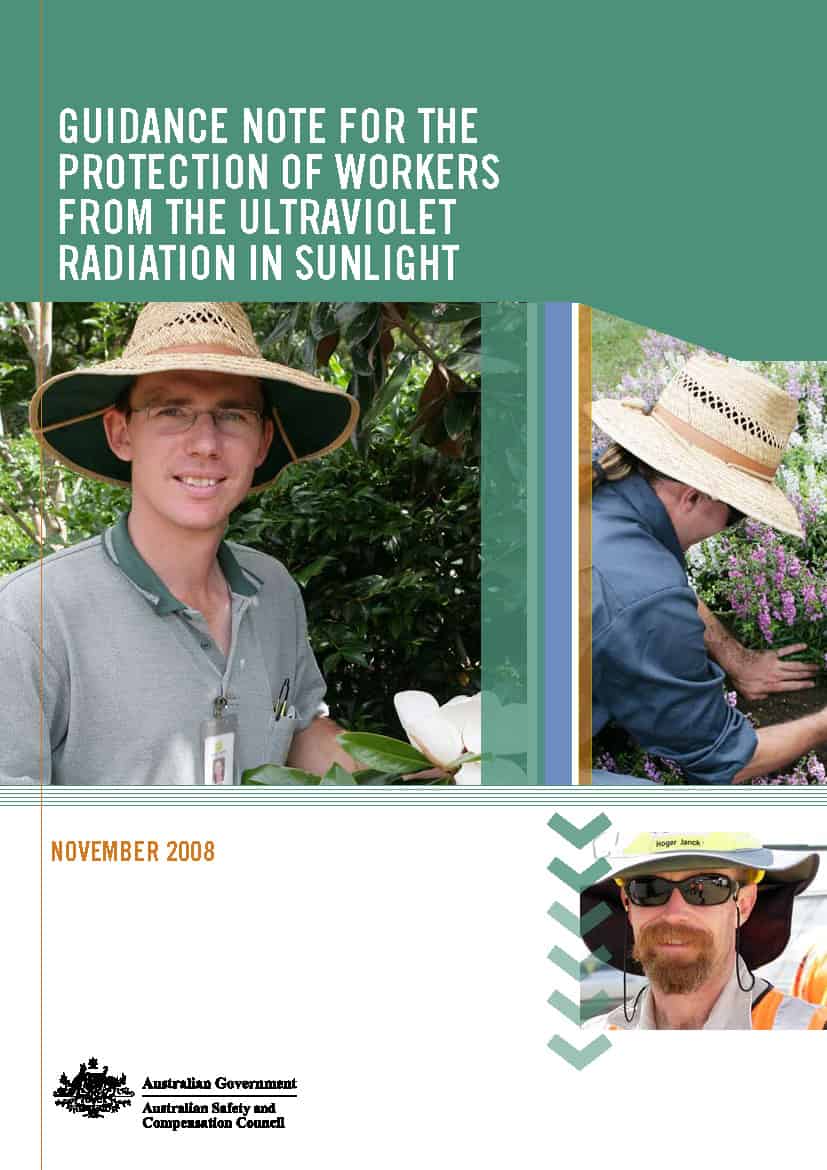On 4 January 2009, the Sunday Age contained a curious article based around some quotes from Eric Windholz, acting executive director of WorkSafe Victoria. The article reports Eric as saying that when workers return to work after a holiday break they can be careless.
“People come back, they’ve taken their mind off the job, they’ve had a well-earned holiday and sometimes it takes them a little while to do the basics of making sure they’re working safe….. Recommissioning their equipment, starting plant, starting at construction sites again, people may not have their minds on the job and they get hurt.”
WorkSafe has advised SafetyAtWorkBlog (and provided the original media statement) that
Continue reading “Managing Safety After A Vacation”

